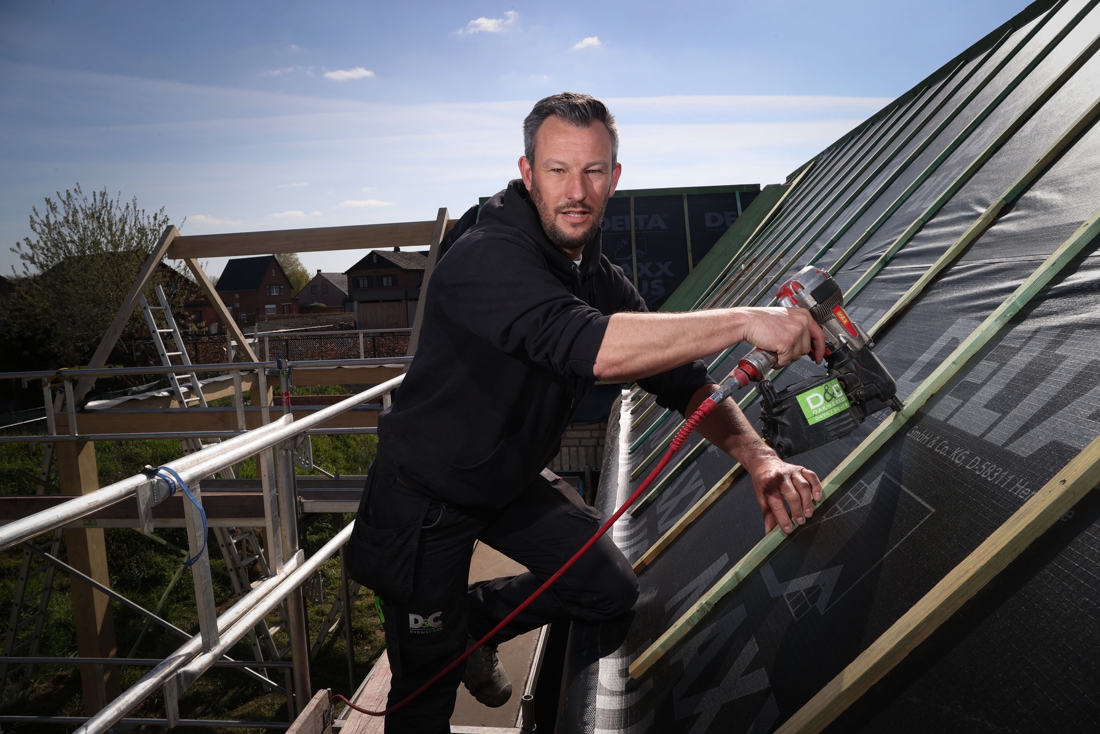One of the MEL waste recovery centers. – M.Libert / 20 Minutes
- Already good students in terms of waste production, Lille will have to reduce the weight of their bins even further.
- The metropolis of Lille hopes to reduce the quantity of waste by 15% by 2030.
- In the coming years, it will also be a question of sorting more, in particular bio-waste.
–
At the end of 2020, the European Metropolis of Lille (MEL) had to pay one million euros in compensation to Esterra, the service provider in charge of waste collection, on the grounds that Lille, too good students, had thrown less than expected. This gesture is all the more absurd given that waste reduction is fashionable and that the MEL will require additional efforts on this point from its inhabitants over the next few years.
So, even if Lille fill their bins less over the years, the “deposit” of household waste produced in 2019 was still impressive. This represented nearly 400 tonnes for households, 180,000 tonnes of bulky items and nearly 60 tonnes for municipalities and administrations. Still far too much, and the MEL decided on Friday to encourage its inhabitants to reduce their production by 15% by 2030.
Better sort and compost
One of the avenues considered is to promote composting as much as possible. Everyone will have to sort their bio-waste before 2025, so you might as well take the lead. “From 2023, the MEL will gradually offer all metropolitan residents a solution for sorting biowaste at the source, by deploying new collections or by developing, for example, individual and shared composting”, we are told. . What will not be composted will be used to increase the biomethane production of the Organic Recovery Center (CVO) by about 30%.
The metropolis, in its new master plan for waste management, also intends to put the package on sorting. Each will thus have four different bins: recyclable except glass, glass, bio-waste and non-recyclable waste. But if the sorting is scrupulous upstream, the processing must follow. Technically, to date, yoghurt pots, plastic films and trays could not be recycled in the two sorting centers. The latter will therefore be modernized to be able to take this type of waste into account.
–


